Welcome to this privately created website celebrating
The King's Body Guard of the Yeomen of the Guard
Content and comments within these pages
are the responsibility of its creator and not The Royal Household

The Yeomen of the Guard and the Early Tudors. The Formation of a Royal Body Guard.
This is a most informative work and a must read for anyone interested in discovering who protected the Sovereign's person before the Yeomen of the Guard was officially created in 1485 and through to 1547 and the death of Henry VIII.
Dr Hewerdine's 1998 thesis entitled The Yeomen of the King's Guard 1485-1547 (UMI No U613438) is also a wealth of information about the Guard's creation, remuneration, duties, conditions of service, rewards and privileges and much much more. Click to read
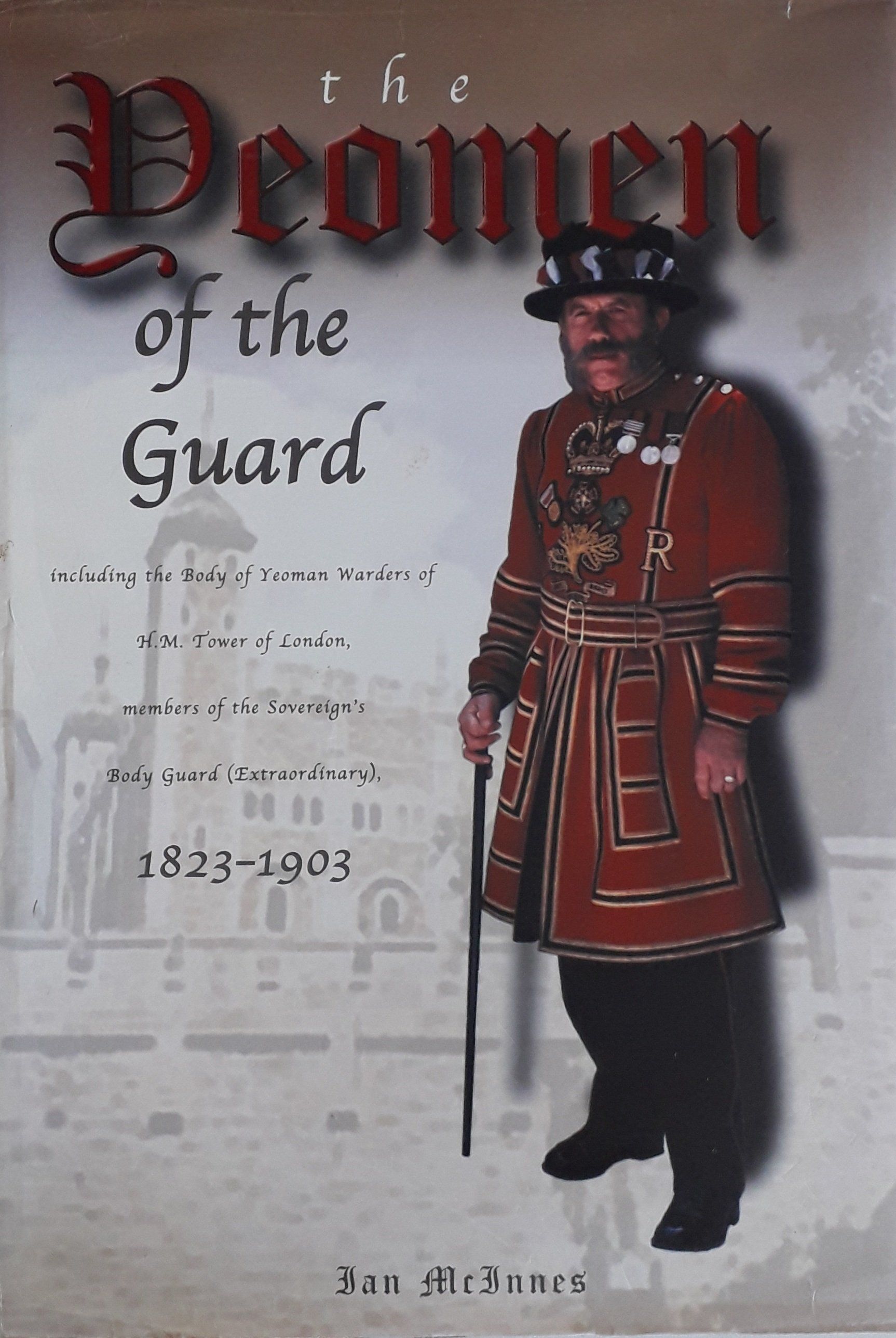
The Yeomen of the Guard including the Body of Yeoman Warders HM Tower of London, members of the Sovereign's Body Guard (Extraordinary) 1823-1903
His book includes a definitive roll of almost 500 Yeomen Warders and Yeomen of the Guard who were appointed between 1823-1903.
ISBN 1-900734-19-2 published by Jade Publishing Limited and available on Amazon and other retailers.
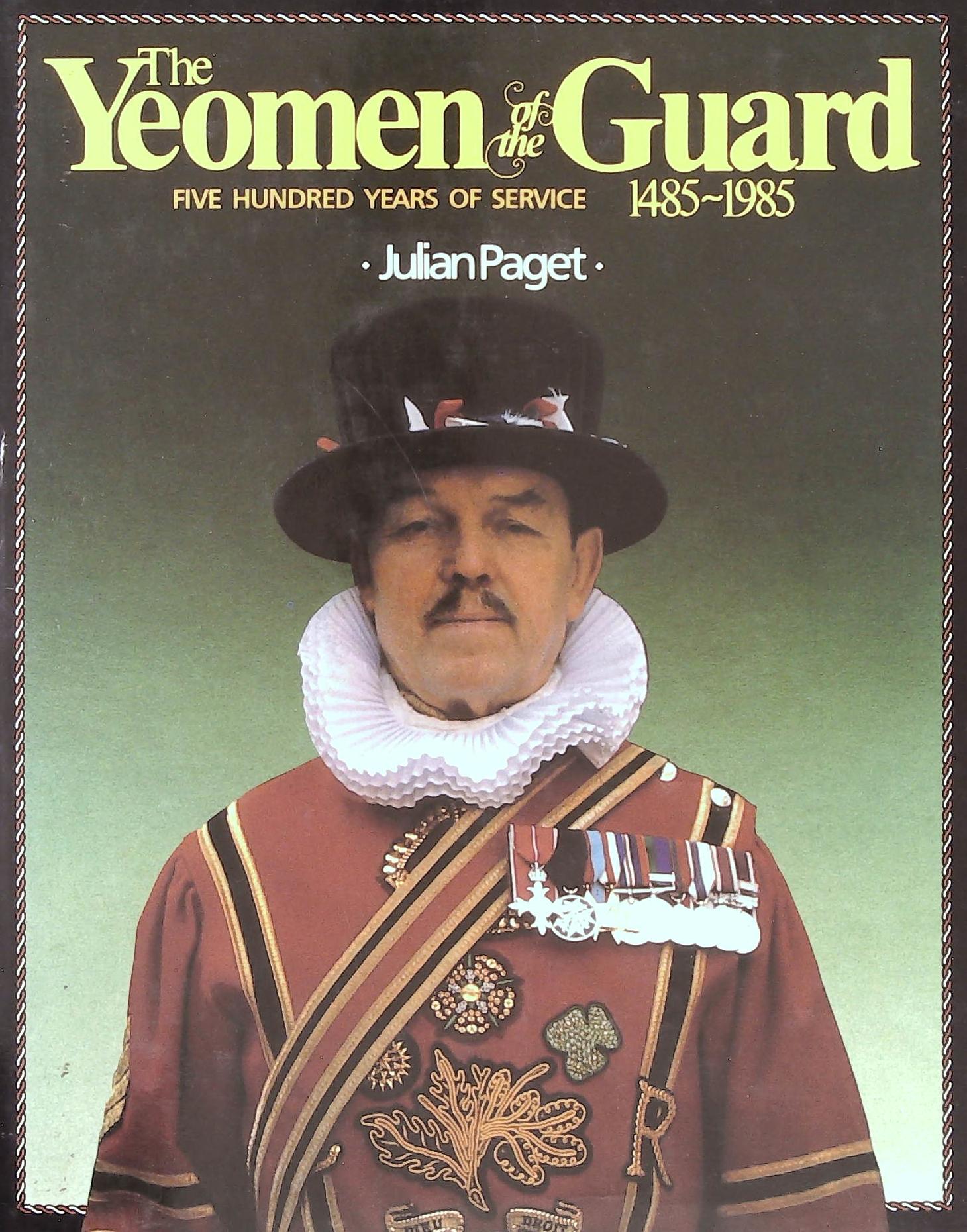
The Yeomen of the Guard 1485 - 1985
The Queen's Body Guard of the Yeomen of the Guard are the oldest Royal bodyguard in existence having, by 1985, served the Kings and Queens of England in this role for 500 years. They parade in attendance on the Monarch on most State and ceremonial occasions. Yet they are virtually unknown to the public and, indeed, many people confuse them with the Yeomen Warders of the Tower of London. The blame for this must be laid at the door of Gilbert and Sullivan who misled the public when they named their famous operetta about the Yeomen Warders The Yeomen of the Guard. Sir Julian Paget puts the record straight with this authoritative account of the Yeomen of the Guard and the Yeomen Warders, compiled from the Royal Archives and with the active help of the Body Guard. It is a story that richly deserves to be told, and this the first book on the subject available to the public, is its telling. Sir Julian Paget is well placed to write this account, being himself a member of the Royal Household as a Gentleman Usher to the Queen. He spent 27 years in the Coldstream Guards, serving in North West Europe 1944-45, and also in Palestine, Kenya, Aden and Germany. Born in 1921, he was educated at Radley and Christ Church, Oxford, and succeeded his uncle as 4th Baronet in 1972. He has written four other historical books, including The Story of the Guards and Pageantry in Britain.
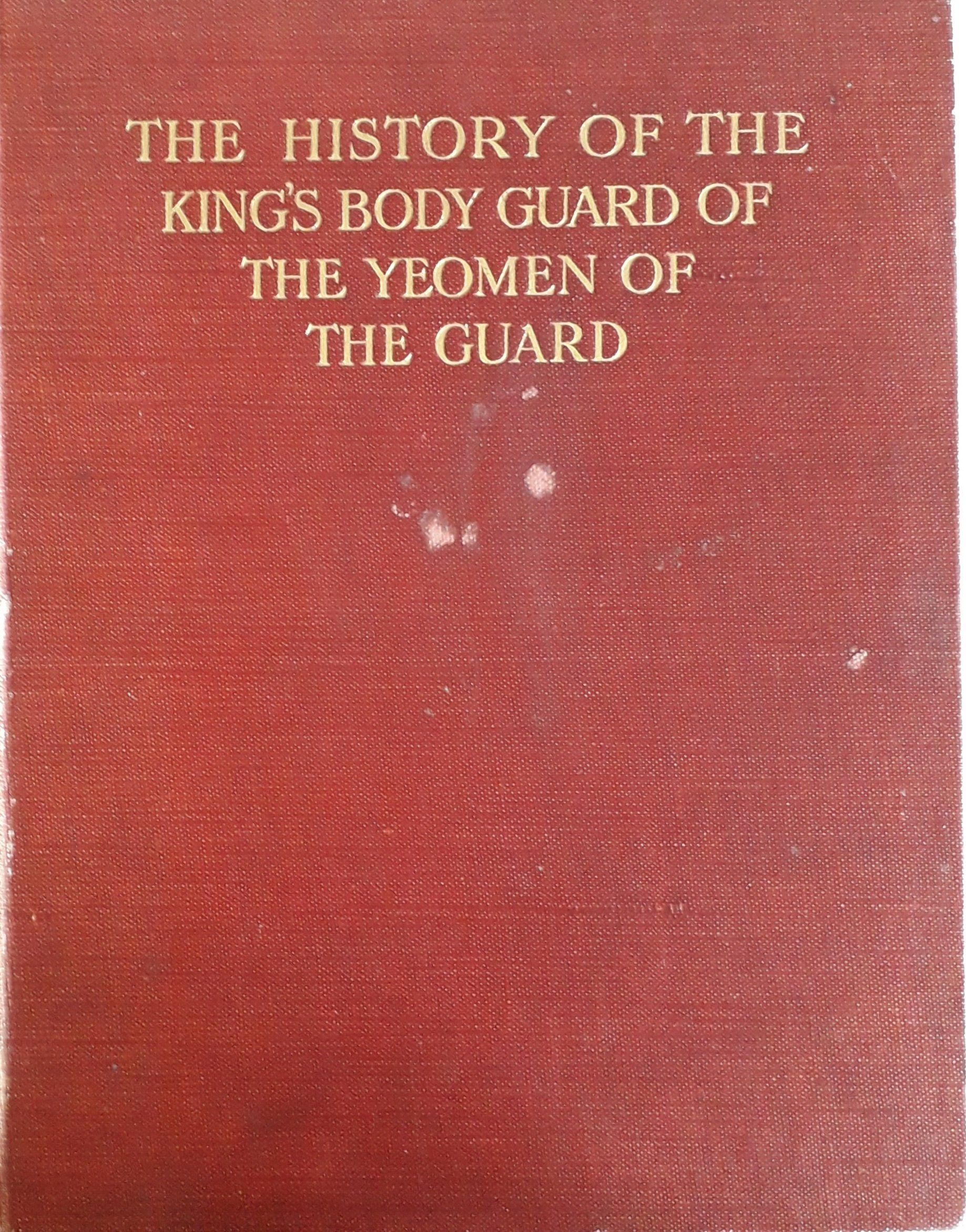
The Yeomen of the King's Body Guard (Valecti Garde Domini Regis) 1904
Col Reginald Hennell Kt, DSO was Lieutenant of The King's Body Guard of the Yeomen of the Guard when his book was published in 1904. He states in his Preface "When our late beloved sovereign, Queen Victoria, appointed me in 1895 to be Clerk of the Cheque and Adjutant of the Royal Body Guard of the Yeomen of the Guard, I looked forward with interest and pleasure to reading the old records of this renowned corps, which for over four centuries has been the personal Body Guard of the Kings and Queens of England. On taking up this ancient office, I found to my disappointment that there were absolutely no such records, save one old order book containing copies of a few documents of the late eighteenth century, and a brief and a very incomplete statement of ceremonies and appointments during that of the nineteenth century. I was told that all the records of the past had been burnt in the disastrous fire of 1809, when that portion of St. James's Palace where the Guard had its quarters was destroyed. I felt very strongly that some effort should be made to replace them as far as it was possible, and I mentioned the matter to the then Captain of the Guard, Lord Kensington, and to Sir Spencer Ponsonby Fane, who had been Comptroller of the Lord Chamberlain's Department for nearly forty years and still held the appointment. Both evinced the greatest interest in the suggestion, and on my offering to make the necessary researches, the whole question was laid before Queen Victoria by the Lord Chamberlain, the Earl of Lathom, who himself had been a former Captain of the Guard. It met with her Majesty's most cordial approval, and a set of seven volumes was ordered to be prepared, in which all records of ceremonies, ordinances, events and appointments, when found and authenticated, should be entered and kept as permanent State documents at the headquarters of the corps, Friary Court, St. James's Palace."
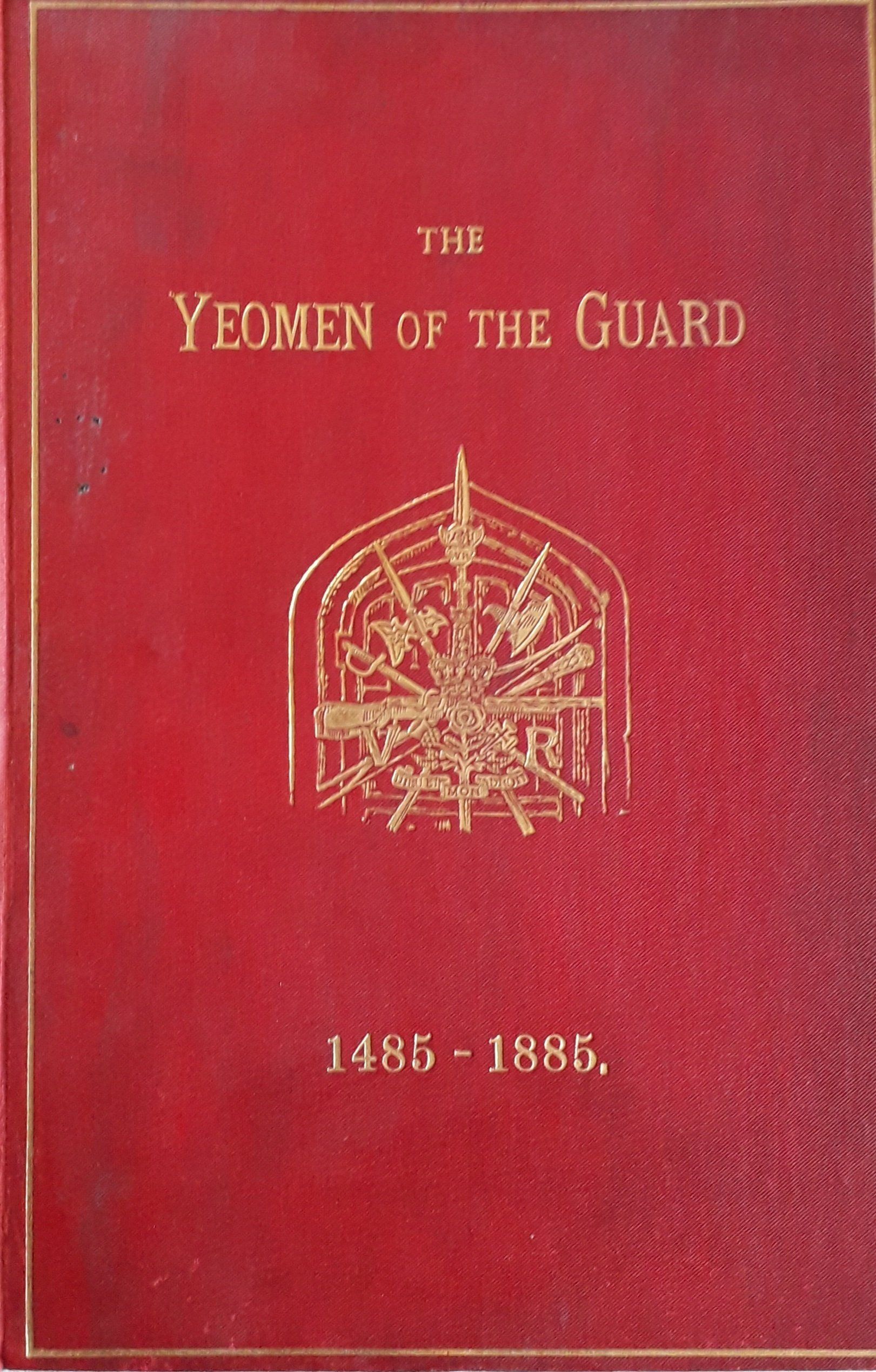
The Yeomen of the Guard 1485-1885
Click on edited copy of his work on this site. Click on the Yeomen of the Guard button below if you wish to purchase a copy.
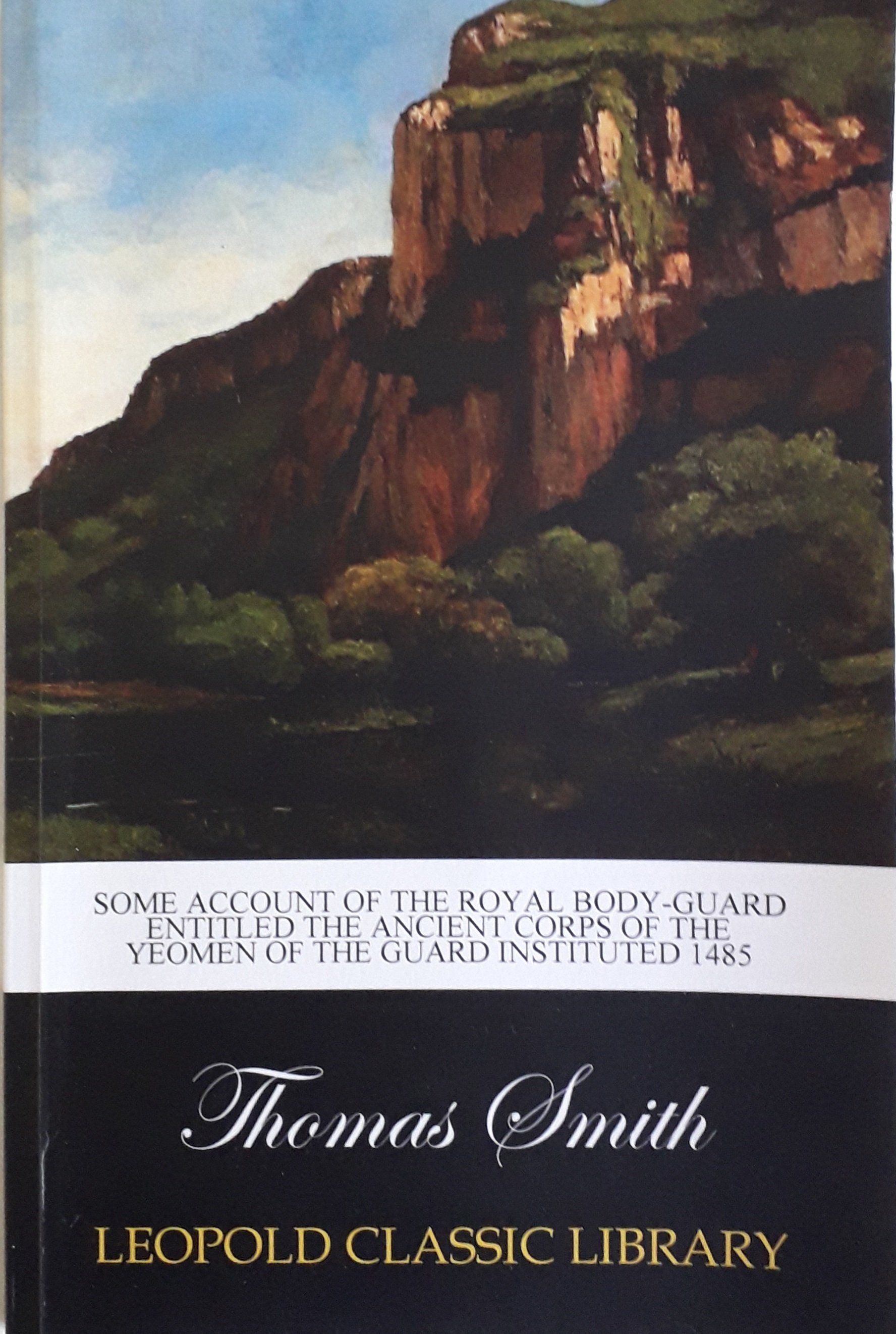
Some Account of the Royal Body-Guard Entitled The Ancient Corps of the Yeomen of the Guard Instituted 1485
The book was published in 1852 - and a great insight into the inner workings of the Yeomen of the Guard and the Palaces.
Preface by Thomas Smith
"The Constitution of the Ancient Corps of the Yeomen of the Guard, was materially altered by an order of William IV, issued in 1835, directing that all future vacancies should be filled by deserving non-commissioned officers who had retired from the army, and without purchase, instead of the class of persons of whom it had hitherto composed, and who had purchased their places.
The regulation naturally created considerable interest through the service, as opening a new source of emulation and reward to a number of meritorious men, who now look forward to an appointment in this Ancient Corps as an honourable retirement, after many years of arduous activity in the regular army...."
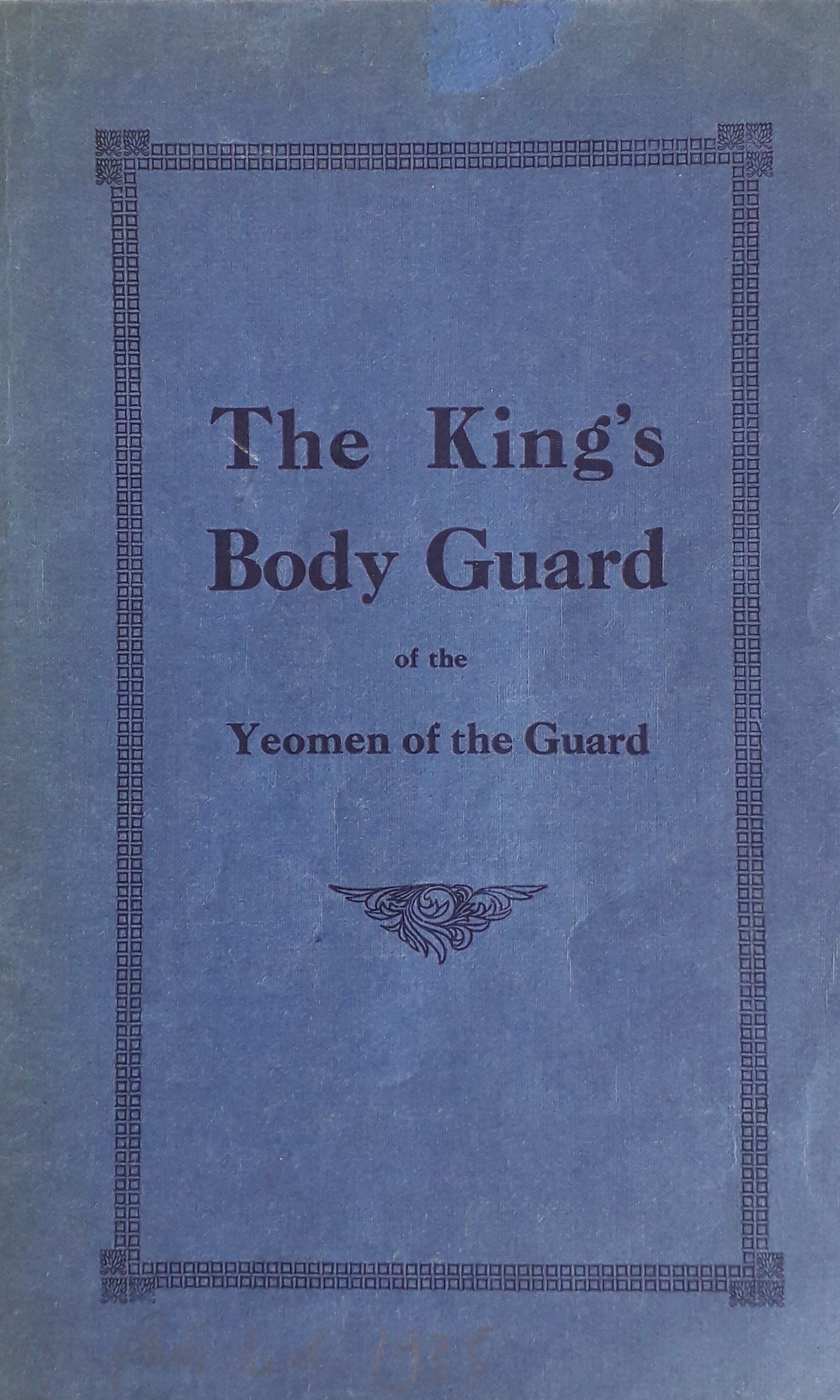
The King's Body Guard of the Yeomen of the Guard
Yeoman Percy Lloyd King (formerly SCM, 2nd Life Guard) was appointed on 5 November 1926 and became Messenger Sergeant Major in 1946. He reiterates what has already been published but records that not all Yeomen are happy with the nickname Beefeater:
“….Both bodies resent the term Beefeater, and try to ‘pass the baby’, as it were, one to the other. The origin of the nickname is, according to the best authorities, not a corruption of the word ‘Buffet’ and easily coined ‘Buffetier’, but is most probably the result of a not too polite observation on the part of a foreign Count, who in 1669 remarked upon the hearty ration given to the Yeomen, and thought – confound him! – that the Guard might well be called beefeaters. It is perhaps fortunate that they were not eating spaghetti at the time of the visit! At all events, the Yeomen of the Guard have ceased to be rationed by the Royal Household for many decades....."
Copyright © 2003 - 2024
The King's Body Guard of the Yeomen of the Guard
The Guardroom
